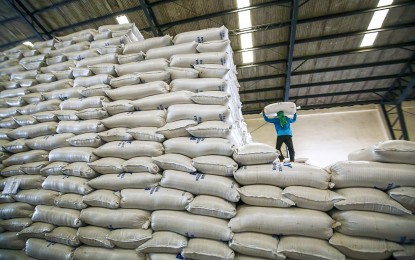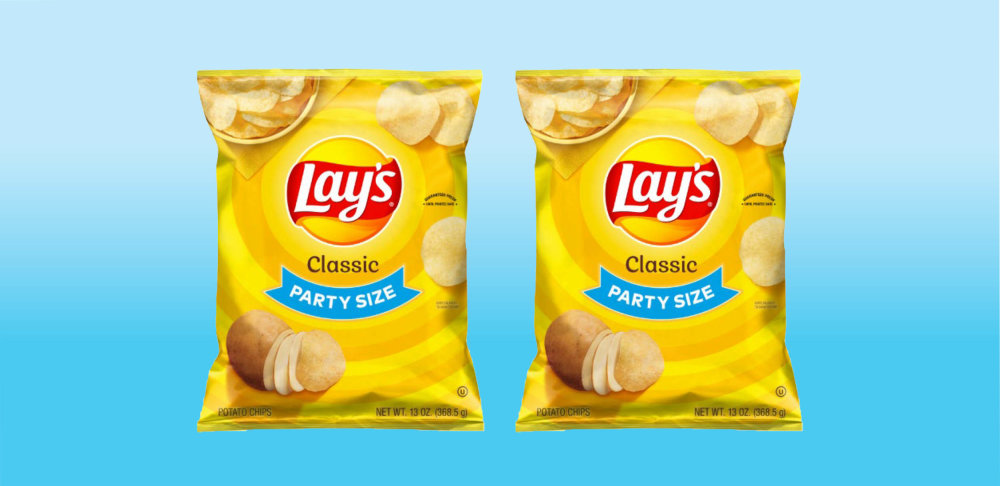Scientists Just Created a Pasta So Tiny You Can't See It With the Naked Eye
Invisible to the naked eye, Nanopasta is two hundred times thinner than the width of a human hair.
:max_bytes(150000):strip_icc()/67700_RichPastaforthePoorKitchen_ddmfs_4x3_2284-220302ec8328442096df370dede357d7.jpg)
The Science Behind Nano-Pasta
Scientists at [insert university or research institution] utilized advanced nanofabrication techniques to craft pasta at a micrometer scale, smaller than a strand of human hair. The process involved:
- Nano-scale 3D printing to replicate the shape and texture of traditional pasta
- Biodegradable and edible polymers infused with flour proteins to mimic pasta dough
- Precision laser cutting to ensure structural integrity
According to Dr. [Name], lead researcher on the project, the goal was to explore how food can be engineered at the smallest possible scale, with potential applications in nutrition, medicine, and food sustainability.
"We wanted to see how far we could push food technology, and creating pasta at this scale is an exciting step in that direction," said Dr. [Name].
Why Make Microscopic Pasta?
At first glance, microscopic pasta might seem like a novelty, but researchers believe it could revolutionize food science and healthcare in several ways:
1. Medical and Nutritional Applications
- Nano-sized pasta could be used in targeted drug delivery, where edible nanoparticles transport medicine directly into the bloodstream.
- It may also be fortified with essential nutrients, making it a potential solution for malnourished patients who struggle with traditional food consumption.
2. Space Exploration and Food Storage
- Astronauts require highly efficient, lightweight food sources. Miniaturized pasta could provide nutrient-dense meals in compact forms, ideal for long-duration space missions.
3. Sustainable and Efficient Food Production
- Nano-food technology could reduce food waste and resource consumption, as these tiny pasta pieces require minimal ingredients, water, and energy to produce.
Can You Eat It?
Technically, yes—but you wouldn’t see it, feel it, or taste it the way you would traditional pasta. While scientists have successfully created these nano-noodles, they are still working on scaling up the technology to make it edible in a practical way.
"At this stage, we’re focused on proving that nano-pasta is possible. The next step is making it functional for real-world applications," said Dr. [Name].
How Small Is It?
For comparison:
- A single strand of spaghetti is about 1.5 millimeters thick.
- The human eye can only see objects larger than 40 microns.
- The nano-pasta measures just a few microns across—so small that it can only be observed through an electron microscope.
The Future of Nano-Food Technology
The creation of invisible pasta is just the beginning. Scientists believe nanotechnology will play a major role in the future of food, leading to innovations such as:
- Self-replicating food molecules that grow in response to nutrient deficiencies
- Edible sensors that detect toxins or allergens in food
- Microscopic food delivery systems that provide nutrients at a cellular level
Conclusion
While microscopic pasta won’t be replacing your favorite Italian dish anytime soon, this scientific breakthrough represents a fascinating step forward in food technology and nanoscience. Whether for space travel, medicine, or sustainable food production, the ability to engineer edible structures at a microscopic level could reshape the way we think about food in the future.
What's Your Reaction?







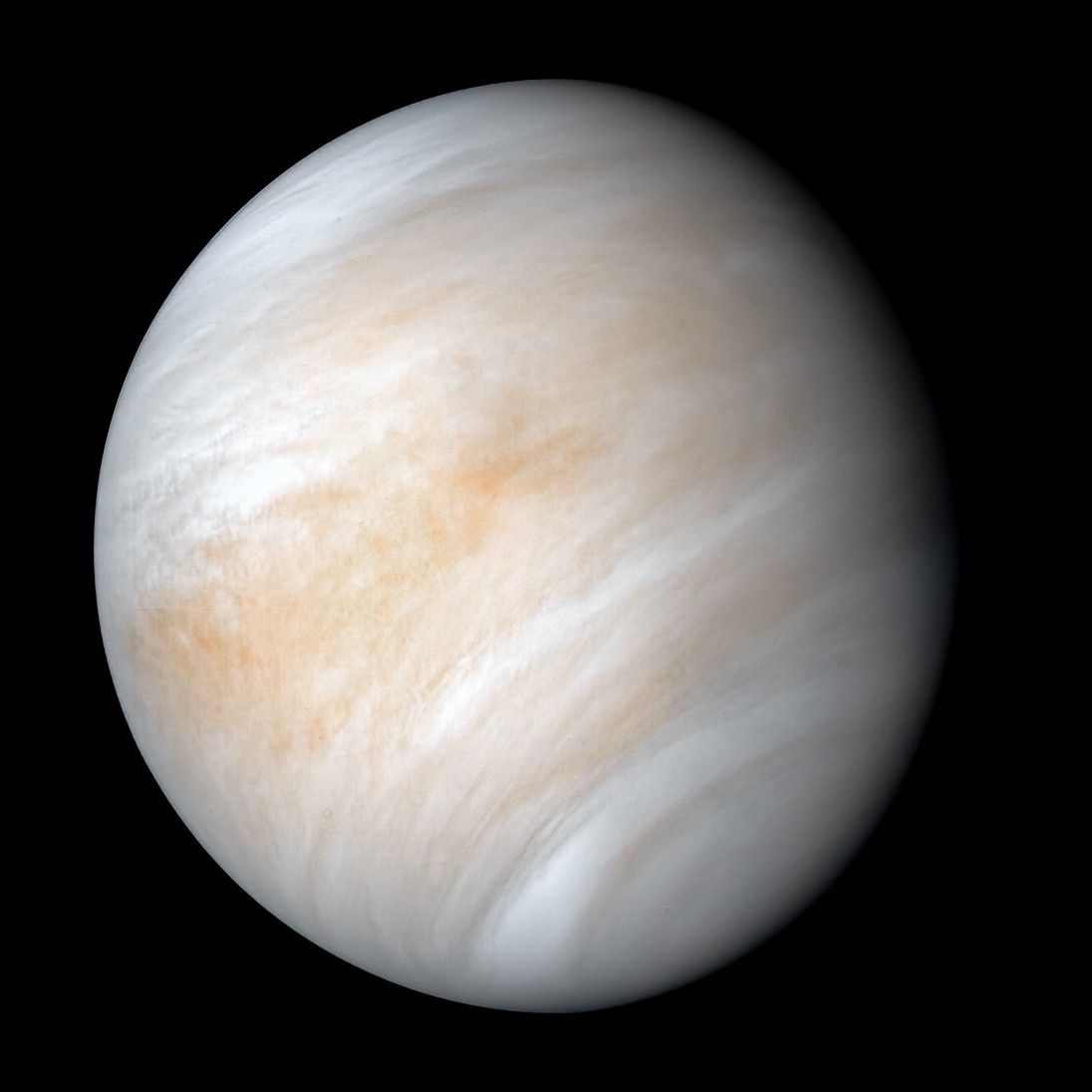

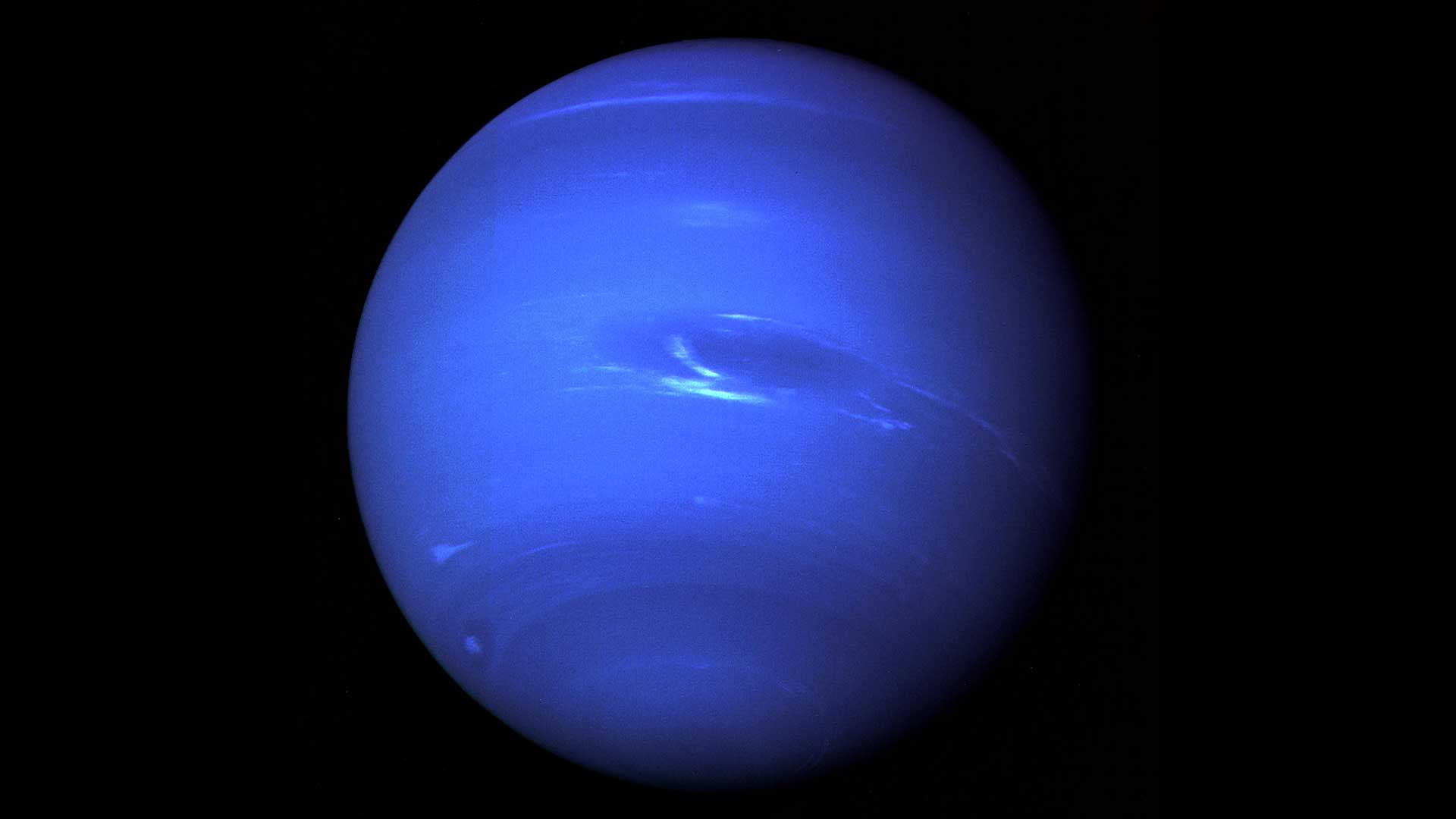


/https://tf-cmsv2-smithsonianmag-media.s3.amazonaws.com/filer_public/54/66/546650fa-26a4-40fd-8d6d-5a7a04540f81/rosetta2.png)
:max_bytes(150000):strip_icc():focal(999x0:1001x2)/robert-prevost-050825-1-39395418ab494da5a3a700c9478e66c8.jpg)


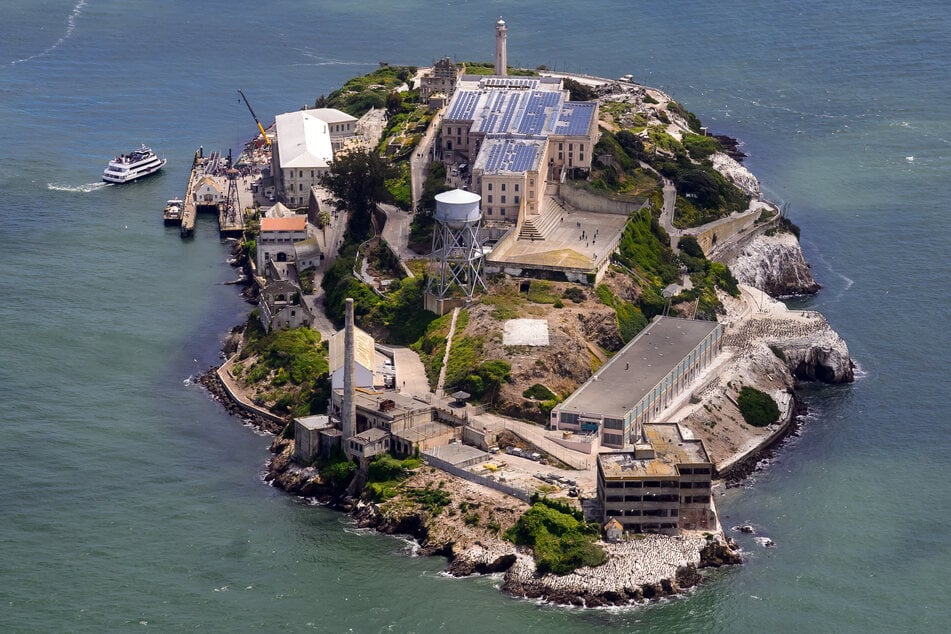



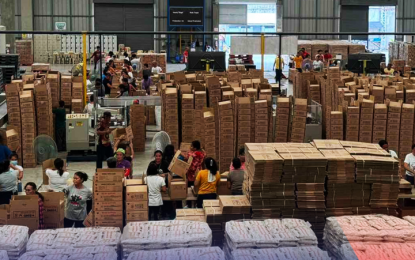








































format(webp))
format(webp))











